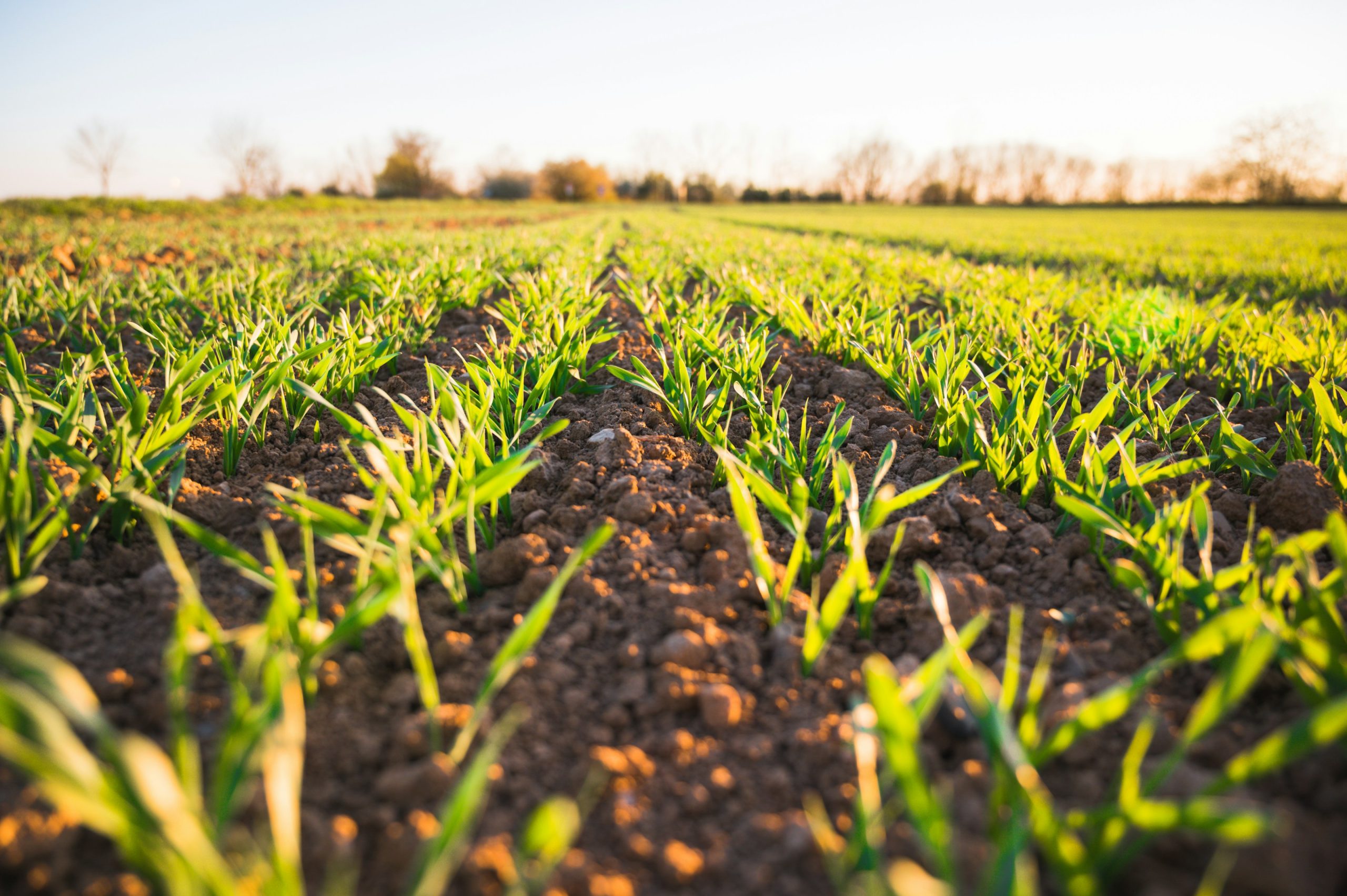An estimated one-third of all the food produced in the world goes to waste, likely enough calories to feed every undernourished person on the planet. But wasted food isn’t just about food insecurity. It’s also about environmental sustainability.
MAIN POINTS
- An estimated one-third of all the food produced in the world goes to waste, with Americans throwing away nearly 40 million tons of food every year.
- The food industry is addressing food waste across the supply chain.
- Some segments of the industry could benefit more from changes than others.
When food is wasted, so is the water, fuel and other resources that were used to produce it. And if wasted food heads off to landfill and rots, it produces methane – a greenhouse gas even more potent than carbon dioxide. In the U.S. alone, the production of lost or wasted food generates the equivalent of 37 million cars’ worth of greenhouse gas emissions.
In fact, the U.S. is the global leader in food waste, with Americans throwing away nearly 40 million tons of food every year, according to government data. That translates to about 219 pounds of waste per person and 30-40 percent of the country’s food supply.
Extending Product Shelf Lives Through Innovation
The food industry is addressing waste head-on, incorporating several innovations across the supply chain. For example, cold storage innovations like automation and specialized temperature control solutions are used to reduce spoilage and optimize storage efficiency; improved distribution strategies are getting products to final destinations sooner; and new technologies are being used to both extend the shelf life of fresh foods and convert food into energy.
As it relates to shelf life, the European Union-funded NanoPack project has developed flexible plastic food film with antioxidants and antimicrobial properties to prevent food-borne illness outbreaks and reduce food waste caused by early spoilage. Currently readying for market launch, the expected outcome of this breakthrough technology is to prolong the shelf life of food products by up to 25%.

The company says its solution helps produce last twice as long and can improve the quality and shelf life of more than two dozen types of fruits and vegetables. Apeel avocados are currently offered at U.S. grocery stores.
Repurposing Food Waste into Energy
Diverting food waste to so-called waste-to-energy (WTE) systems can free up landfill space, produce significant amounts of alternative fuels and reduce carbon emissions.
Currently there are hundreds of industrial-scale WTE plants in dozens of countries around the world. Most employ anaerobic digesters, which make use of microorganisms to break down and convert organic waste into biogas, biodiesel or ethanol.
Additionally, some of the most recognizable U.S. corporations are contributing to the effort. Disney, Apple, Microsoft and PepsiCo have also been involved in renewable energy projects fueled by biogas generated through organic waste.
A Market-Based Solution for Reducing Food Waste
A less scientific, but certainly practical innovation, is startup Too Good to Go’s food waste-reduction marketplace, which currently operates across several European countries. On one side of the exchange, restaurants, grocery stores and other food businesses contribute surplus food items. On the other side, consumers can purchase food right before it becomes unsellable.
As a result, businesses generate revenue from surplus food, customers can buy food at low prices, and the transactions reduce food waste.
Implications for Consumers and Food Industry Segments
While there is no arguing the social and environmental benefits of reducing food waste, the cost side of the equation will likely affect consumers and segments within the food industry differently.
Going forward, a more environment-conscious population will likely embrace the cause because it will reduce carbon emissions and facilitate cost savings from not throwing away as much spoiled food.
Retailers are also in line to save significant amounts of money with the extended shelf life of products, but at what cost? Customers are likely to make fewer visits to stores as perishable foods last longer, so will the lower cost of resupplying spoiled food offset the decline of customer foot traffic?
Growers and manufacturers could also lose out over the short- to medium-term as the increased use of extended-shelf-life technologies result in overproduction, though supply and demand metrics should realign for the long term.













